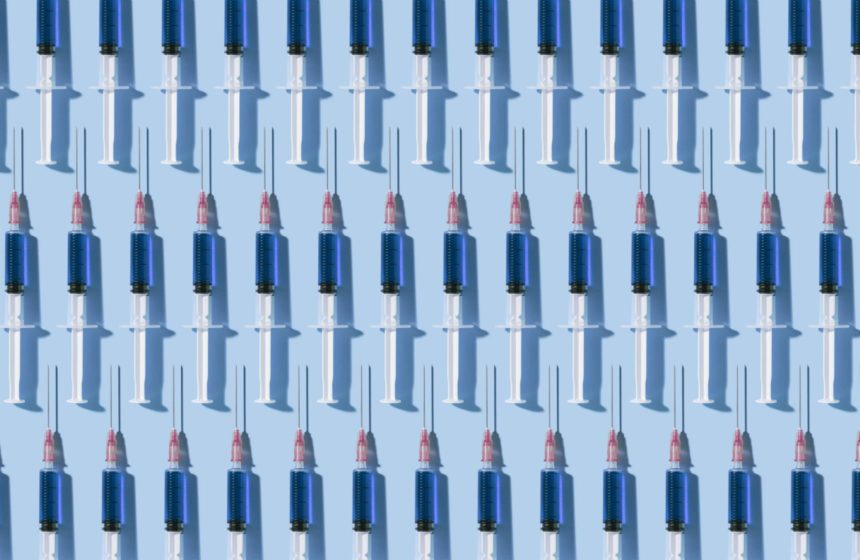Detailing the importance of immunization and clarifying the concept of herd immunity to patients is a worthwhile conversation at any time but especially relevant in the COVID-19 era, rife with an abundance of information and misinformation.
A good way to approach the subject is to change the terminology. “Herd immunity originally applied to farm animals,” explains LJ Tan, Chief Strategy Officer of the Immunization Action Coalition and co-chair of the National Adult and Influenza Immunization Summit. “When we talk about human beings, we much prefer the term community immunity.”
Community immunity is achieved when enough individuals develop protection to a disease to block the chain of person-to-person transmission. A person can become immune through vaccination or infection and recovery.
Public health officials emphasize that building immunity through natural infection—with its risks of mass sickness, hospitalization and death—is never preferable to achieving it through vaccination. Earlier this year, Sweden came under heavy international criticism for adopting pandemic policies that avoided lockdowns, minimized the use of masks and social distancing and relied at least in part on allowing the infection to take its natural course.
More recently, the White House has embraced an approach that would allow COVID-19 infection to spread among younger, healthier people while seeking to protect older and vulnerable populations. Tedros Ghebreyesus, Director-General of the World Health Organization (WHO), has described that strategy as “simply unethical,” and Thomas File, President of the Infectious Diseases Society of America and Judith Feinberg, Chair of the HIV Medicine Association, said in a joint statement that the tactic is “inappropriate, irresponsible and ill-informed.” An open letter to The Lancet, dated October 15, 2020 and signed by 80 scientists and researchers from around the world, calls the strategy “a dangerous fallacy unsupported by scientific evidence.”
Starting the conversation
The most direct way to explain community immunity to a patient is to say, “When vaccinated, you are helping to protect not only yourself but also your family, friends, neighbors, colleagues and others throughout the community.”
These talking points can help amplify that message:
- When a contagious disease appears among a population not immune against that disease, outbreaks occur. Such is the case with COVID-19—caused by an entirely new virus that has spread around the world.
- When at least 70 to 80 percent of the population has immunity against a disease, either from vaccination or natural infection, each person’s chances of coming in contact with an infected individual are greatly diminished and the disease cannot spread easily. As a result, even people who are not vaccinated have a strong measure of protection.
- Community immunity brings to life the notion that there is safety in numbers. When your patients get vaccinated, they are protecting not only themselves and their families but also especially vulnerable groups, including people with compromised immune systems—such as those suffering from cancer or living with the human immunodeficiency virus (HIV)—, infants who are too young to be vaccinated and the elderly.

Getting into the numbers
Three factors determine what’s required to establish community immunity through vaccination. Those, Tan explains, are the contagiousness of the disease, the effectiveness of a vaccine and the number of vaccinated individuals. To that end, the percentage of the population that needs to be vaccinated in order to achieve community immunity—known as the herd immunity or community immunity threshold—varies from one disease to another. For polio, it’s estimated to be 80 to 85 percent, and for measles, which is highly contagious, it’s 90 to 95 percent.
At the moment, researchers don’t know enough about COVID-19 to predict what percentage of the population will need to be vaccinated to generate community immunity. Estimates hover around 70 percent, which in the U.S. translates to more than 200 million people. A public opinion poll has shown, however, that only 50 percent of Americans would choose to receive a COVID-19 vaccine. Some economists have suggested paying $1,000 to each person vaccinated—an immunization stimulus plan, if you will.
When available, COVID-19 vaccines won’t be 100 percent effective in preventing disease. Anthony Fauci, an immunologist who is the director of the National Institute of Allergy and Infectious Diseases (NIAID) and a lead member of the White House Coronavirus Task Force, and other experts are hoping for 75 percent effectiveness. The United States Food and Drug Administration (FDA) is likely to approve a vaccine that demonstrates at least 50 to 60 percent efficacy in clinical trials. That means vaccination will not be a panacea but part of a public health strategy that continues to include other safety precautions, such as mask wearing and social distancing.
Sharing success stories and cautionary tales
It helps to remind patients that vaccination and community immunity have helped eradicate many debilitating and deadly infectious diseases like polio, measles and smallpox. That shield of protection can break down, however, if people are not vaccinated and the disease is re-introduced—say, by a traveler from abroad.
In 2000, for example, measles was declared eliminated in the U.S., but in 2019, 1,282 cases were reported here, according to the CDC, the most since 1992. The majority of infections occurred within localized clusters of the unvaccinated.
Measles and other infectious diseases continue to be deadly in other parts of the world where vaccination is not widespread. In 2019 and 2020, for example, the Democratic Republic of Congo suffered an epidemic of measles with more than 300,000 cases and 6,000 deaths, according to the WHO. Globally, WHO reports up to half a million measles cases a year, with 140,000 deaths, most of them in children under 5 years of age. The good news? Measles vaccination has saved 23 million lives worldwide since 2000, the health agency reports.








